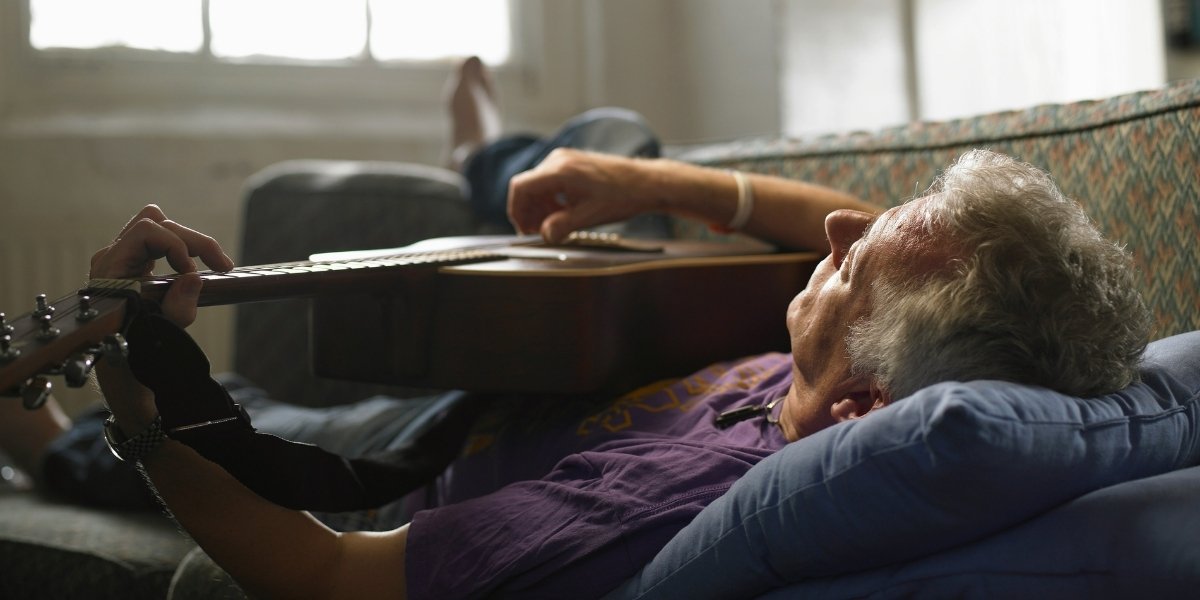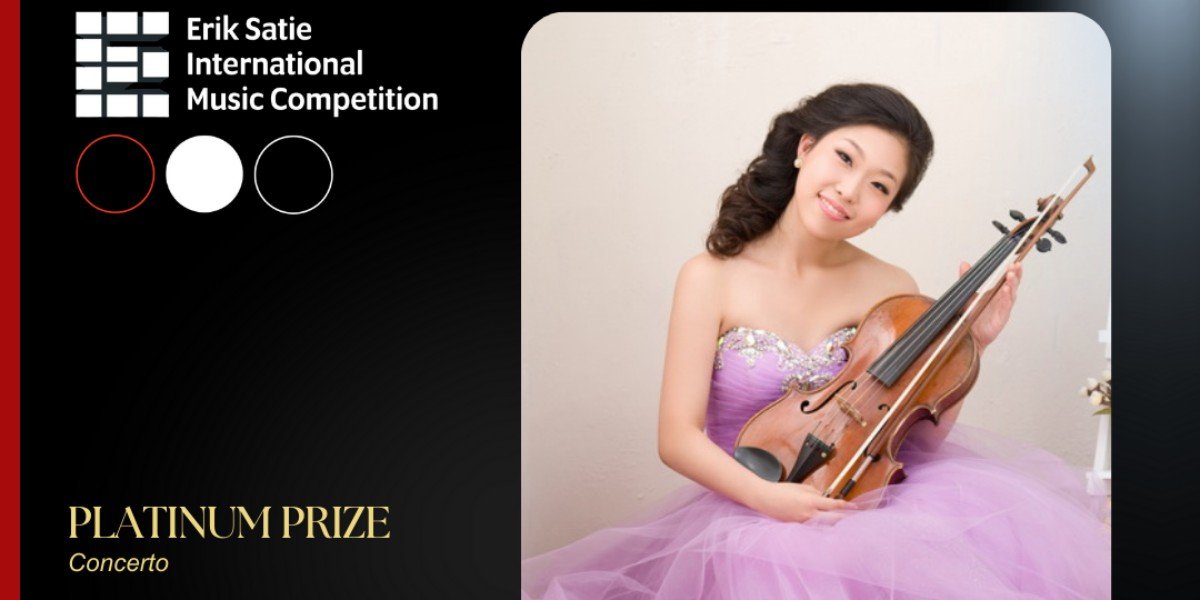Music is often cyclical, with older songs resurfacing and gaining popularity among new generations. In recent years, video edits have played a crucial role in reviving classic tracks, introducing them to wider audiences, and even propelling them back onto the charts. The combination of social media, film and television, user-generated content, and technological advancements has created a dynamic landscape where past hits find new life. This article explores how video edits have contributed to this resurgence and why they continue to shape the music industry.
Read also: Why Celebrities Steer from the Spotlight
Social Media Platforms as Catalysts
TikTok’s Influence on Old Songs
Social media, particularly TikTok, has become one of the most influential platforms for music discovery. TikTok users frequently create short-form videos using older songs, often without initially realizing the track’s history. These videos can range from dance routines to comedy skits and nostalgic montages, all of which introduce classic songs to new listeners. When a song goes viral on TikTok, it often leads to a spike in streams and downloads, as seen with Fleetwood Mac’s Dreams, which re-entered the charts decades after its original release due to a viral video.
Viral Challenges and Trends
Challenges and trends on TikTok, Instagram, and YouTube Shorts often feature classic tracks, encouraging widespread participation. Whether it’s a nostalgic throwback trend, a dance challenge, or a meme format using a specific old song, these viral trends can breathe new life into forgotten hits. For example, Running Up That Hill by Kate Bush saw a massive resurgence after becoming part of a viral trend, further amplified by its placement in a hit TV series.
Film and Television as Music Revival Tools
Soundtrack Features
The inclusion of older songs in movies and television shows can reignite interest in those tracks. Soundtracks have historically played a role in popularizing songs, but in the digital age, the effect is magnified. Streaming services allow users to instantly search for songs featured in popular shows, leading to a dramatic increase in streams and downloads.
Emotional Resonance in Storytelling
Classic songs are often placed in pivotal movie or television moments to enhance emotional impact. These placements create strong associations between the song and key narrative moments, leading audiences to revisit and share the track. A perfect example of this is Bohemian Rhapsody by Queen, which saw multiple resurgences, including after its use in Wayne’s World and later in the 2018 biopic Bohemian Rhapsody.
The Power of User-Generated Content
Cover Versions and Remixes
Amateur and professional musicians frequently create covers and remixes of classic songs, often modernizing them for new audiences. Platforms like YouTube and SoundCloud are filled with reimagined versions of older songs, allowing fans to engage with the music in new ways. These covers can sometimes become even more popular than the original versions, further extending the song’s life cycle.
Dance and Lip-Sync Videos
Dance and lip-sync videos have been instrumental in bringing old songs back to the mainstream. Influencers and creators choreograph routines or perform dramatic lip-syncs to forgotten hits, making them appealing to younger audiences who may have never encountered the song otherwise. This phenomenon is particularly strong on TikTok, where simple but engaging dances help propel songs back into public consciousness.
The Role of Algorithmic Recommendations
Streaming Services
Music streaming platforms like Spotify, Apple Music, and YouTube Music use algorithms to recommend songs based on listening habits. When an old song starts gaining traction due to a viral video, these algorithms push it to even more listeners, creating a snowball effect. As a result, a song that was once relegated to nostalgia playlists can become a trending hit once again.
Social Media Feeds
Algorithms on platforms like YouTube and TikTok prioritize content engagement. When users interact with videos featuring old songs, the platform boosts similar content, ensuring wider reach and more exposure. This cyclical nature of algorithm-driven discovery allows older songs to remain relevant for extended periods.
Nostalgia Marketing and Its Impact
Emotional Connection to Music
Nostalgia is a powerful tool in marketing, and brands often use old songs to evoke emotional connections. Commercials, trailers, and online ads frequently incorporate classic tracks to appeal to audiences who associate the song with past memories. This tactic not only revives interest in the song but also introduces it to younger generations who may explore the artist’s catalog further.
The Rise of Retro Aesthetics
With the resurgence of retro aesthetics in fashion, design, and media, old songs fit naturally into modern visual trends. Video edits featuring a vintage aesthetic often incorporate classic songs to complete the nostalgic feel, making them appealing to a broad audience. These videos often gain traction on platforms like Instagram Reels and TikTok, where nostalgia-driven content thrives.
Technological Advancements in Music Revival
Remastering and Enhanced Audio
Advancements in music production technology have allowed old songs to be remastered and enhanced for modern audiences. High-fidelity versions of classic tracks are now available in lossless audio formats, making them more appealing to contemporary listeners who prioritize sound quality. Remastered releases, often accompanied by new video edits, help rekindle interest in forgotten hits.
AI-Generated Mashups and Sampling
Artificial intelligence has introduced new ways of reviving old songs. AI-generated mashups and vocal isolations allow producers and fans to create modern interpretations of classic tracks. Sampling from vintage recordings has become a popular trend in contemporary music, bridging the gap between past and present. Viral AI-generated remixes of classic songs have further cemented their presence in modern culture.
Read also: Future of Wearable Technology: Innovations and What’s Next for Smart Devices
Community Engagement and Music Rediscovery
Online Music Communities
Platforms like Reddit, Discord, and music forums play a crucial role in music rediscovery. Users share and discuss old songs, providing historical context and personal anecdotes that introduce these tracks to new audiences. YouTube comment sections often serve as an informal archive of memories tied to specific songs, further fueling interest in classic music.
Collaborative Playlists and Curated Content
Users create collaborative playlists on streaming services, featuring rediscovered songs that gain traction through collective engagement. Playlists like “TikTok Viral Throwbacks” or “Songs That Went Viral Again” curate these resurgent tracks, ensuring they remain accessible and continue gaining streams. This community-driven approach plays a significant role in sustaining the longevity of older songs in the digital age.
Video edits, powered by social media, film and television, user-generated content, and technological innovations, have reshaped the way we interact with music. They provide older songs with a renewed sense of relevance, enabling them to reach new audiences and re-enter cultural conversations. As digital content continues to evolve, it is likely that video edits will remain a key force in reviving classic music, bridging generational gaps, and redefining what it means for a song to be timeless.















